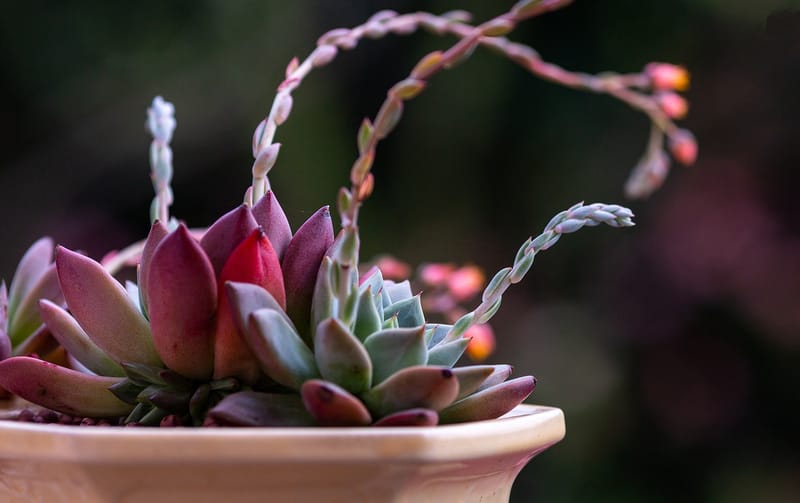Breathwork - Part 3
Breathing Techniques - Part 3
Welcome to the third installment of our series on breathing techniques. In this article, we will explore advanced breathing practices that can help you improve your overall well-being and mental clarity. These techniques are perfect for those who have already mastered the basics and are looking to take their practice to the next level.
1. Alternate Nostril Breathing
Alternate nostril breathing, also known as Nadi Shodhana, is a powerful breathing technique that helps balance the left and right hemispheres of the brain. To practice this technique, sit comfortably with your spine straight. Use your right thumb to close your right nostril and inhale deeply through your left nostril. Then, close your left nostril with your ring finger, release your right nostril, and exhale through the right nostril. Continue this pattern, alternating nostrils with each breath.

2. Box Breathing
Box breathing is a simple yet effective technique used by Navy SEALs to enhance performance and reduce stress. To practice box breathing, inhale deeply for a count of four, hold your breath for a count of four, exhale for a count of four, and then hold your breath again for a count of four. Repeat this pattern several times, focusing on the rhythm of your breath.

3. Kapalabhati Pranayama
Kapalabhati pranayama, also known as the skull-shining breath, is a dynamic breathing technique that helps cleanse the respiratory system and increase energy levels. To practice Kapalabhati, sit comfortably and take a deep inhale. Then, forcefully exhale through your nose by contracting your abdominal muscles. The inhalation should happen naturally as you release the contraction. Start with a few rounds and gradually increase the speed as you become more comfortable with the technique.

4. Breath Retention
Breath retention, or Kumbhaka, is a practice of holding the breath for a specific period. This technique helps improve lung capacity, increase focus, and build mental resilience. Start by inhaling deeply, then hold your breath for a comfortable duration. Exhale slowly and repeat the process, gradually increasing the length of time you hold your breath. Always practice breath retention mindfully and avoid pushing yourself beyond your limits.

Remember, it's essential to approach advanced breathing techniques with patience and mindfulness. Listen to your body and practice under the guidance of a qualified instructor if you're new to these practices. Incorporating these advanced techniques into your daily routine can help you deepen your breathwork practice and experience the profound benefits it offers.
